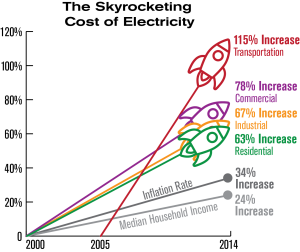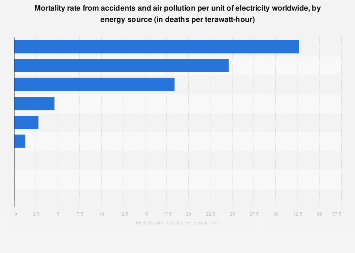
Which asset can it be formed to use?
How can renewable energy be produced?
Renewable strength is electricity that is accumulated from renewable resources which are naturally replenished on a human timescale. It consists of assets such as sunlight, wind, the motion of water, and geothermal warmth. Although maximum renewable strength sources are sustainable, some aren’t. For example, a few biomass assets are considered unsustainable at current prices of exploitation Reliant Energy rates . Renewable electricity regularly provides electricity for strength generation to a grid, air, and water heating/cooling, and stand-on strength structures. From 2011 to 2021, renewable power has grown from 20% to twenty-eight% of the global electricity supply. Fossil energy shriveled from sixty eight% to 62% and nuclear from 12% to ten%. The share of hydropower reduced from sixteen% to 15% whilst strength from sun and wind elevated from 2% to ten%. Biomass and geothermal energy grew from 2% to a few%. There are 3,146 gigawatts installed in one hundred thirty-five nations, the same time as 156 nations have legal guidelines regulating the renewable strength region.
Globally there are over 10 million jobs associated with the renewable energy industries, with solar photovoltaics being the largest renewable business enterprise. Renewable strength systems are hastily turning into more efficient and inexpensive and their share of total electricity intake is growing, with a big majority of the world’s newly established power potential being renewable. In maximum international locations, photovoltaic sun or onshore wind is the cheapest new-construct strength.

Which nations produce more energy?
Many nations around the arena already have renewable power contributing extra than 20% of their overall electricity supply, with a few producing over half of their electricity from renewables. A few international locations generate all their strength using renewable power. National renewable strength markets are projected to continue to grow strongly in the 2020s and past. Studies have proven that a global transition to one hundred% renewable electricity throughout all sectors – electricity, warmness, delivery, and desalination – is possible and economically feasible. Renewable electricity sources exist over wide geographical regions, in contrast to fossil fuels, which are concentrated in a restricted quantity of nations. Deployment of renewable energy and electricity performance technologies is ensuing in considerable electricity safety, weather alternate mitigation, and monetary advantages. However, renewables are being hindered by hundreds of billions of bucks of fossil gasoline subsidies. In worldwide public opinion surveys, there is robust assistance for renewables including solar energy and wind energy. But the International Energy Agency stated in 2021 that to attain net zero carbon emissions extra attempt is wanted to grow renewables and referred to as technology to boom by about 12% in 12 months to 2030.
What do you think about International Energy Agency?
Renewable power-era projects are commonly big-scale, but they’re additionally ideal for rural and remote regions and growing nations, in which electricity is frequently essential in human development. As most renewable energy technology offers strength, renewable strength is often deployed together with similar electrification, which has several blessings: power can flow warmth or items effectively, and is easy on the factor of consumption. In addition, electrification with renewable strength is extra green and consequently leads to huge reductions in number one strength necessities. In 2021, China accounted for nearly half of the global growth in renewable strength. Renewable energy flows involve herbal phenomena along with daylight, wind, tides, plant increase, and geothermal heat because the International Energy Agency explains: Renewable strength is derived from natural processes which are replenished continuously. In its numerous bureaucracy, it derives directly from the sun, or warmness generated deep in the earth. Included inside the definition are strength and heat generated from sun, wind, ocean, hydropower, biomass, geothermal resources, biofuels, and hydrogen derived from renewable resources.
